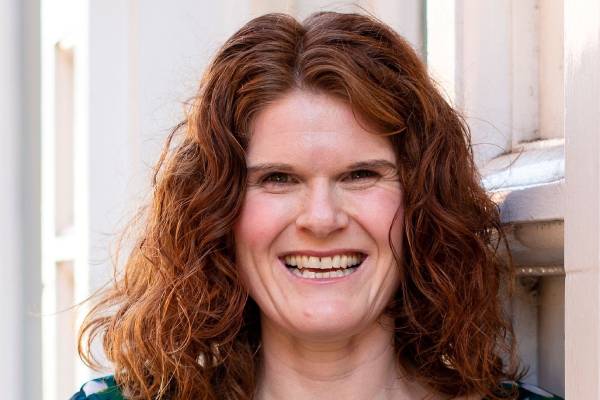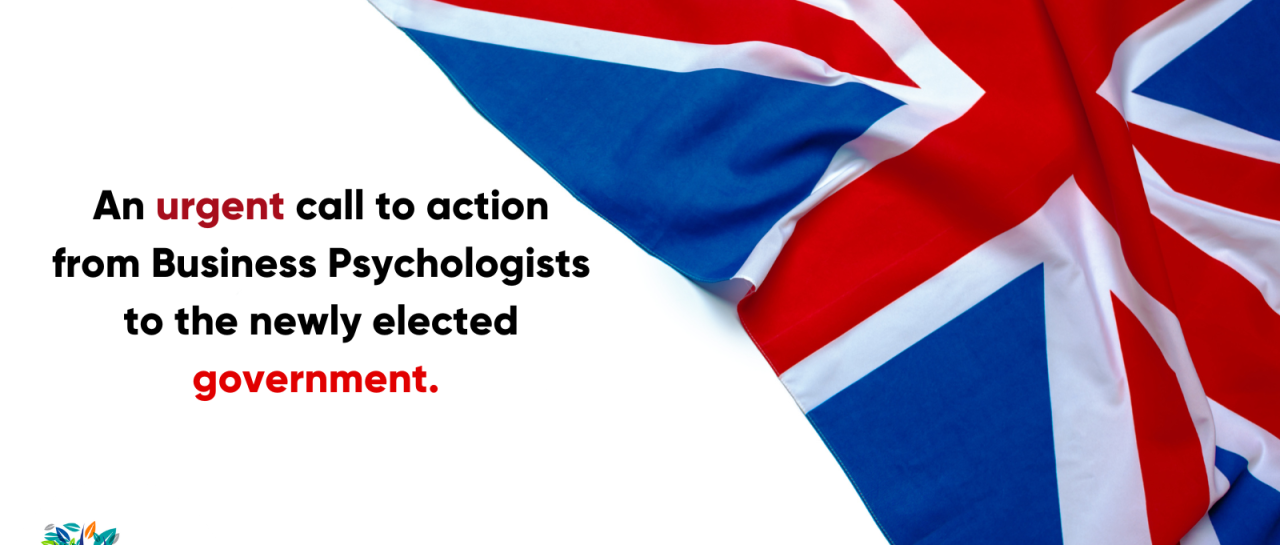Authored by Certified Business Psychologist Laura Howard. Certified Business Psychologist, Laura Howard, reflects on the webinar she recently delivered to ABP members. Below she outlines the main findings of her published research uncovering systematic barriers women face when being authentic as leaders. Importantly, she gives…

Article based on webinar delivered in February 2024.
Author: Charlotte Housden (Sheridan), Business Psychologist and Chartered Coaching Psychologist.
In 1789 the American statesman Benjamin Franklin wrote that, “In this world nothing can be said to be certain, except death and taxes”, except he’d left out another certainty, change. Change impacts us all, whatever we do, whoever we are. Our lives are so full of shifts that we ought to be skilled at managing them. Despite this, many of us find change difficult to master, even with our endless opportunities for practice.
Layer on top an accelerating world and it becomes even harder. As Justin Trudeau said at the World Economic Forum in 2018, “The pace of change has never been this fast, yet it will never be this slow again.”
I have always been intrigued by why some manage change well and others find it harder. So during 2019-2020 I set out to find out why. I interviewed 108 people in 27 countries who shared stories with me of small pivots through to complete transformations. I applied an inductive thematic analysis (Braun and Clark 2006) to the data and discovered that participants had much in common. This included what helped and hindered how they navigated change. For example:
- Many participants described ‘running away’, which prevented them from ‘running towards’. This meant they often ended up in a similar position to the one they were initially in, sometimes even worse. Would sitting longer in reflection help, providing opportunities to build awareness of purpose and direction.
- The size of the change interviewees wanted to address. Some were more risk averse, which didn’t fit the distance they wanted to travel. Was there benefit in addressing the gap between the size of change and their comfort with change?
- Many participants beat themselves up about lack of progress, but when they focused on qualitative aspects, such as how they felt, they saw real shifts. Would assessing both be useful?
- Interviewees shared insights about the ‘what’ versus the ‘how’ of their shifts. For example, some spent time radically altering careers, only to realise that how they managed their work was more important than what work they did. Would exploring both enable a better focus of effort and time?
- Resources seemed to be key to success; when participants lacked them, it was much harder. I wondered whether an initial audit of resources might be helpful.
- Experimentation was important – trying things, taking small steps, focusing on iteration. However, some people threw themselves in, spending time and money
on a new direction only to discover it wasn’t what they’d hoped for. Would more time spent experimenting be useful?
I used these themes to develop a five-step process of change, building on the work of others, such as James Prochaska and Carlo DiClemente’s Transtheoretical Model of Change (1983) and Steven Palmer’s PRACTICE model (2007).
I wrote the findings into an 18-month weekly blog and then turned this into a book called Swim Jump Fly: A Guide to Changing your Life. In the book I included approaches from my time running organisational change management programmes in a Big Four Management Consultancy, along with psychology and coaching theories and participant stories.
Cut to 2024 and the ABP book club session in February which I titled Leading the Way: Helping others to navigate the seas of change. I chose this title because we are in a time of turbulence and I believe we need to offer stability for our clients. It can be hard to pour from an empty cup, so building up our own change skills is essential before we can assist our clients and colleagues. My invitation in the session was this: how will you grow your confidence and skills in navigating change?
One way to do this is to reflect on shifts in your own life and work. If you’d like to try this, then why not reflect on a change you’d like to make by using this process:
- Step one: WHY and WHERE (purpose and destination)
- Step two: WHICH (distance to travel and comfort with change)
- Step three: WHAT and HOW (the type of change)
- Step four: WHO and WHEN (planning and experimentation)
- Step five: HOW MUCH and HOW WELL (reviewing and evaluating progress)
Now, you might like to ask yourself these questions:
WHY: what makes this change important for me? What’s my motivation to shift? What are the benefits?”
WHERE: do I want to end up? What will be different when I’ve reached my goal? What will I see, hear, feel, or think once I arrive? How will I know when I’ve got there?
WHICH 1: size of change. How far do I need to travel to reach my goal? Is it a small, medium, or large distance or change?
WHICH 2: comfort with change. Am I risk averse, comfortable with some change or do I enjoy really big shifts?
Now compare the two by asking yourself: What is the gap between the size of the change and my comfort with change? Are they aligned, or quite different? If there is a gap, how might I reduce the size of the project or manage it in smaller steps?
WHAT: am I doing that needs to change? Maybe your focus has been on selection and assessment but you’d prefer to work in motivation and wellbeing. What needs to shift?
HOW: how I’m working might be the thing that needs to change. Maybe you work in a large organisation but would prefer to set up your own business.
WHO: do I need to support me in this? They might be cheerleaders, accountability buddies, mentors, shoulders to cry on, critical friends, professionals, networkers (or others). Do I have these people in my network? If not, where can I find them?
WHEN: will I start making changes? When will I take the first step, the second step? What’s after that?
HOW MUCH: how will I measure my progress in terms of quantity? For example, annual income, number of billed days, projects completed?
HOW WELL: how will I measure my progress in terms of quality? For example, feeling more confident in my client work, learning new skills etc?
Do let me know how you get on!
Braun, V. and Clarke, V. (2006) Using thematic analysis in psychology, Qualitative Research in Psychology, 3:2, 77-101, DOI: 10.1191/1478088706qp063oa
Palmer, S. (2007). PRACTICE: A model suitable for coaching, counselling, psychotherapy and stress management. The Coaching Psychologist. 3(2): 72-77.
Prochaska, J. O. and DiClemente, C. C. (1983). Stages and processes of self-change of smoking: Toward an integrative model of change. Journal of Consulting and Clinical Psychology. 51(3): 390–395.
Sheridan, C. (2022). Swim Jump Fly: A Guide to Changing Your Life. Charlotte Housden Consulting Limited.
Charlotte Housden is a Business Psychologist and Chartered Coaching Psychologist. She runs a consulting practice working with clients to build leadership development, coaching and talent management programmes, alongside, coaching senior executives who are managing change in their organisations or careers. You can contact her on LinkedIn or at ch@charlottehousden.com. The book is available on Amazon or on the swimjump.com website.



